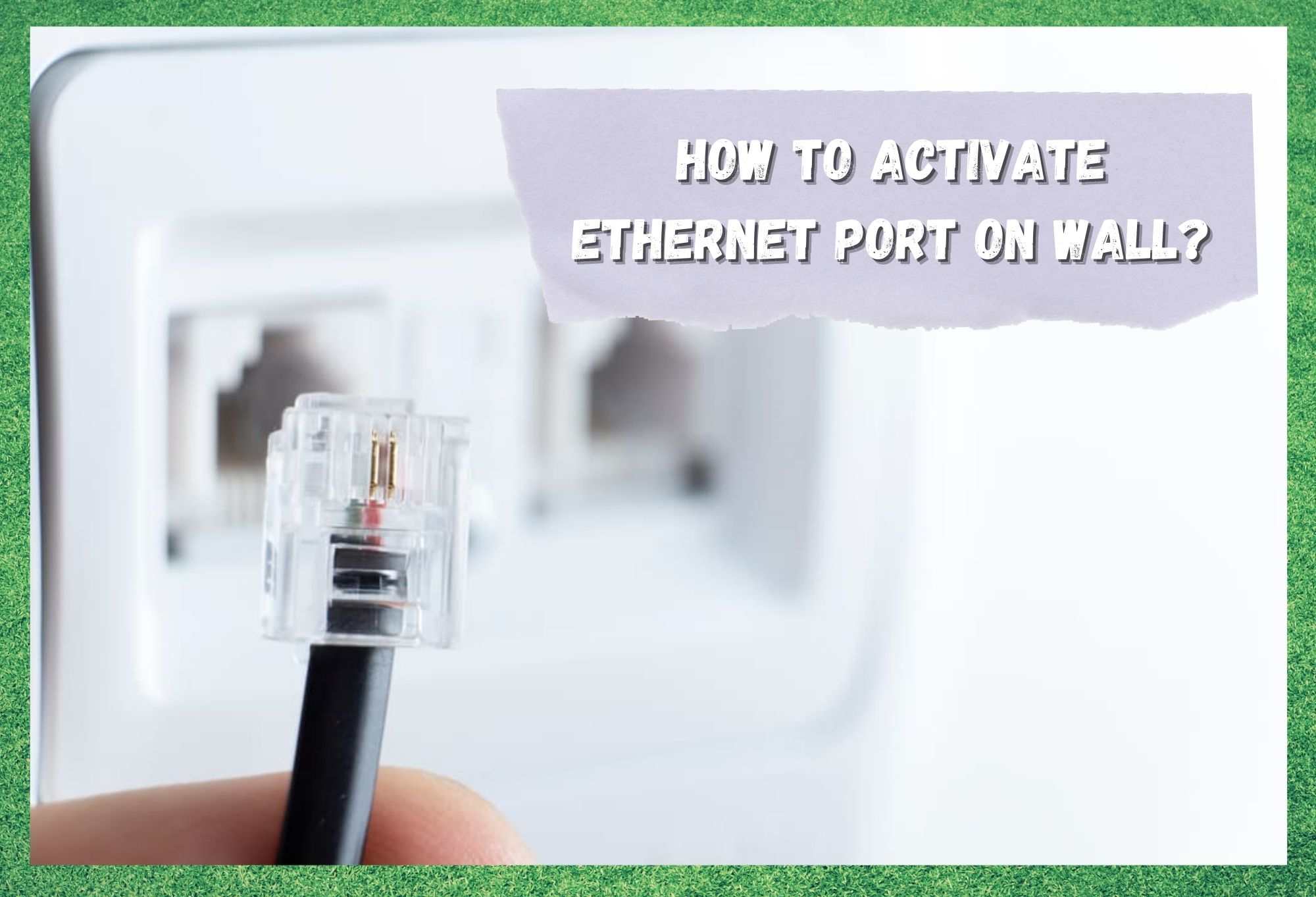
One of the easiest ways of essentially ‘hacking’ your own internet connection and making sure that you have the best possible speeds is to use the ethernet port. The speed instantly jumps right up, considering that you’ve bypassed the possibility that the signal could be getting weaker as it travels through the air.
It really does make a huge difference. This is especially the case if you happen to be gaming or streaming some particularly high-quality content.
That being said, it is possible to encounter a few difficulties when you are trying to set this up. Generally speaking, all you need to do is simply plug one end of the cable into the wall and the other into your device.
However, there are things that can stop your ethernet port working as it should. Today, we are going to take a look at a few of the reasons your ethernet may be acting up and not doing its job. So, for everything you need to know about all types of ethernet ports, you have come to the right place.
Make Sure You Have Enabled The Ethernet Connection
If you have plugged into the ethernet port in the wall and can’t seem to get it to work, there is one really simple reason why this could be the case. Most of the time, the trouble will be that you haven’t yet enabled the ethernet connection in the settings of your chosen device.
For a general guide on how to check this, just follow the instructions below:
- First up, you will need to open up the control panel on the laptop/PC.
- Then search for the network and internet option and then go into that.
- In a tab on the left, you should then be able to find “change the adapter settings”.
- Now all you need to do is scroll down and find your ethernet connection, then right-click on that and then hit the enable option.
Once you have done that, we expect that the ethernet will begin working for pretty much all of you. If not, we may have to try a few further diagnostic steps.
How to Activate Ethernet Port on Wall
Now that we have made sure that ethernet connections are now enabled on your laptop or PC, we will now need to make sure that the port in the wall is actually fit to carry a signal. All sorts of things can happen to these over time, so we’ll have a look at everything we can think of.
Our first tip for this requires you to open up the port. Of course, if you have no experience doing things like this, we of course suggest that you get some help with this from a friend or neighbour in the know.
Once the port has been opened, the thing to check is that all of the wires are actually connected up to their respective plugs as they should be. If they are, great. However, this could mean the issue is a little more complex to diagnose.
In fact, it may require you to use a radio or tone tracer to trace the lines and make sure they are intact. The net step after that is to use a CAT5 cable to the ethernet port and connect it to the hub location. Once that has been done, there is no chance that the issue could be as a result of faulty wiring or connections.
It Could Be Clogged With Paint
If you still have no ethernet and all of the wiring is intact, the issue may just be the cause of some overzealous painting in the past. Generally, when painting, it can get all sorts of places you wouldn’t expect.
So, if you have had your place painted recently, this could be worth looking at. Paint getting into the wall port is actually relatively common. If there’s paint there, the chances are high that the conductors have been covered up as well – hence why they are no longer effective.
The easiest way to deal with this is to attempt to scrape off the paint. If the paint used was of a low quality, it should come off without any real hassle. However, if the top-of-the-range stuff was used, you may need to simply replace the port. It won’t cost you much to do so.
Replace the Jack
If none of the above fixes have done anything to remedy the problem, it is likely that the jack is what’s letting the team down here. Over time, these can take a decent battering from things going in and out of them with regularity. Eventually, it is inevitable that they will just wear out and need replacing.
So, you will need to re-terminate the drops at once (and both ends of the drop). After that, you can replace the jack, making sure to keep in line with the standard colour codes. After that, have another try at getting the port to work again.
Check The Ports On The Router
If one of the above has worked for you, this could mean one of two things. First, you may need to have all of the wiring repulled. This is an extensive and complicated process though, so let’s try one last simple thing before that.
Of course, we are talking about simply checking if the ports on your router haven’t actually been the problem all along. Basically, all we need to do here is make sure that they haven’t taken so much damage that they can’t work anymore.
The quickest way to make sure of this is simply to just unplug the ethernet cable from its current port and then try it out with another one. If it isn’t that, we’re afraid that the next step is generally to redo the wiring.
